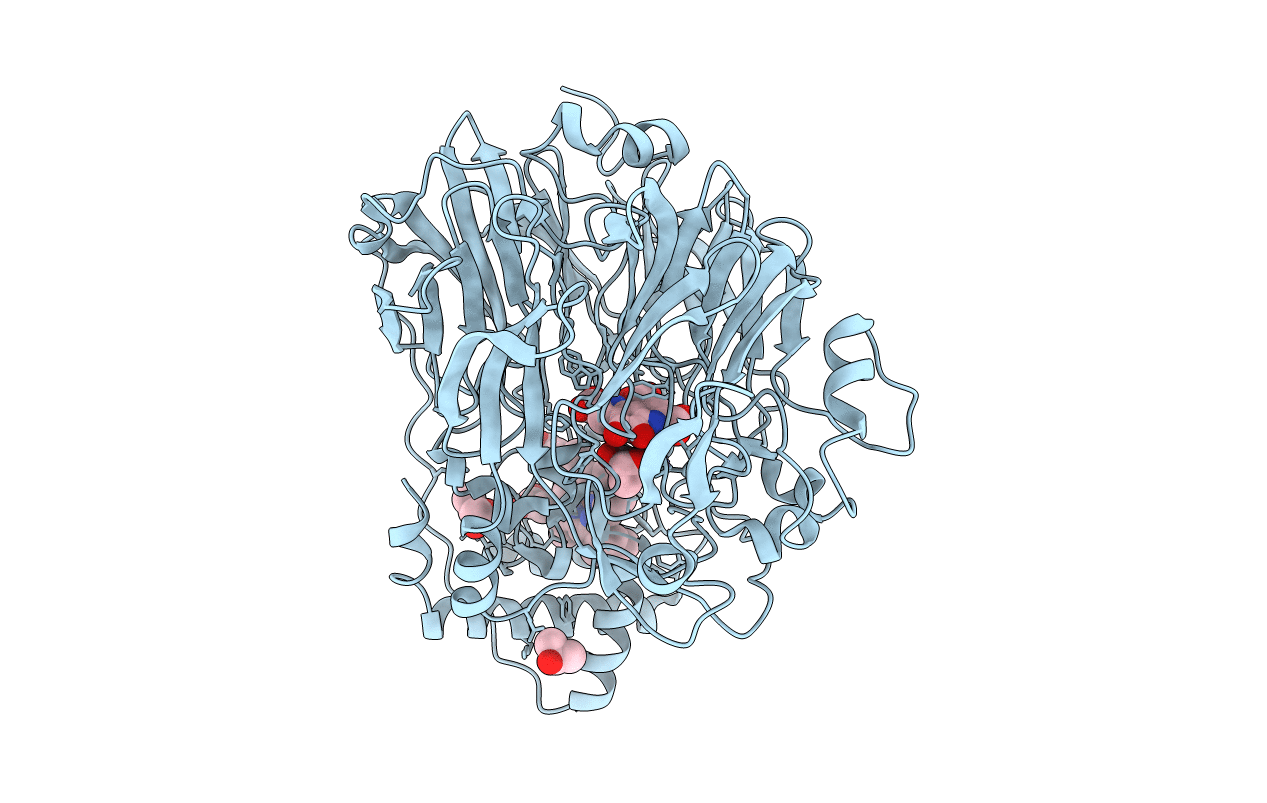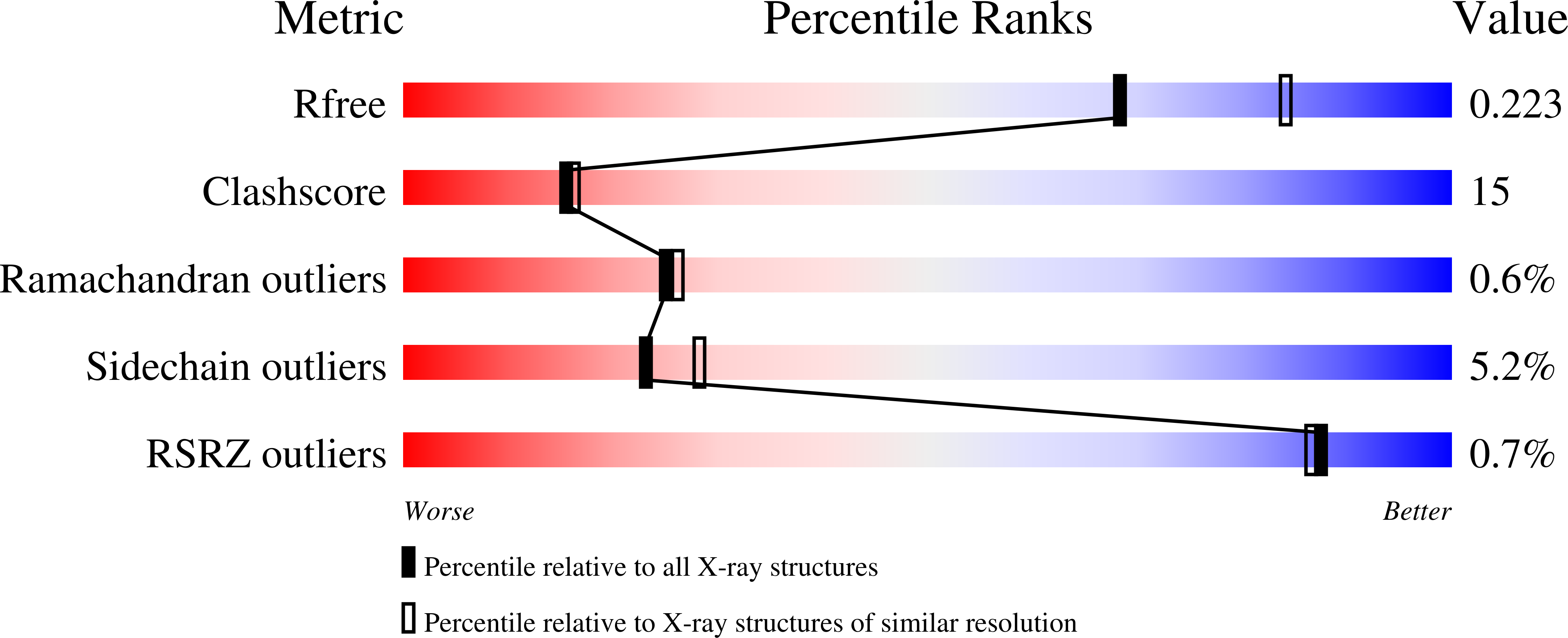
Deposition Date
2005-01-12
Release Date
2005-08-16
Last Version Date
2024-11-20
Entry Detail
PDB ID:
1YIQ
Keywords:
Title:
Molecular cloning and structural analysis of quinohemoprotein alcohol dehydrogenase ADHIIG from Pseudomonas putida HK5. Compariison to the other quinohemoprotein alcohol dehydrogenase ADHIIB found in the same microorganism.
Biological Source:
Source Organism:
Pseudomonas putida (Taxon ID: 303)
Method Details:
Experimental Method:
Resolution:
2.20 Å
R-Value Free:
0.22
R-Value Work:
0.17
Space Group:
P 61


